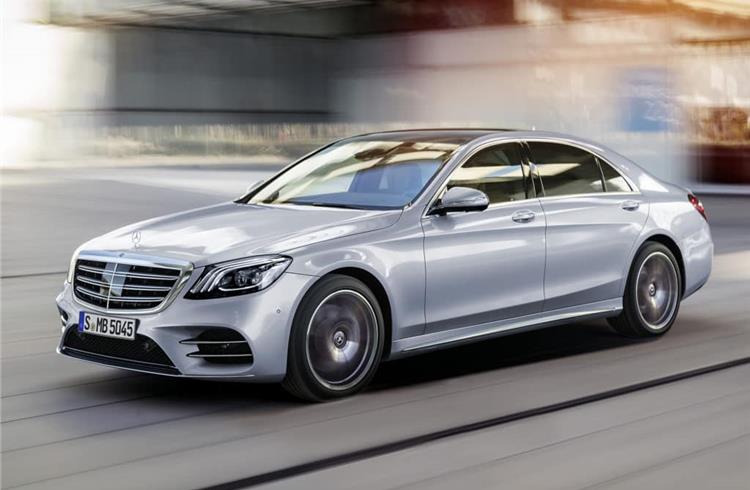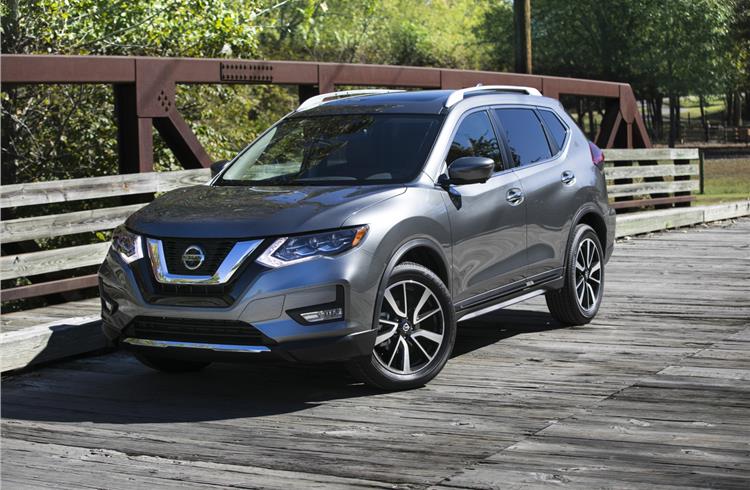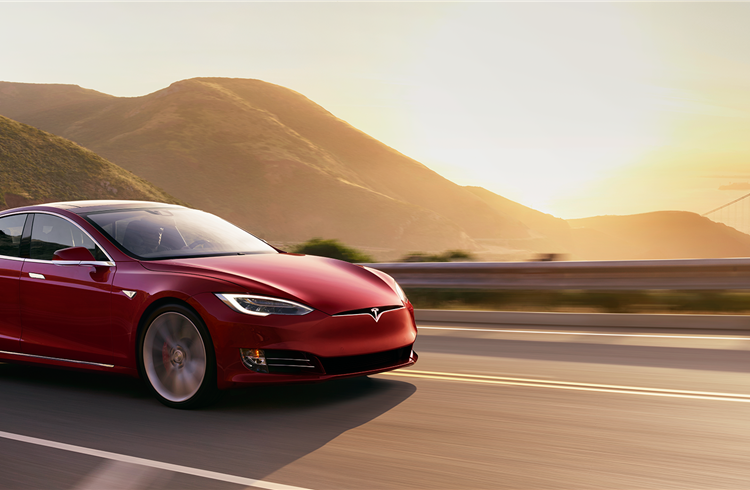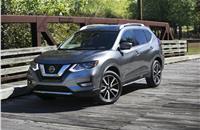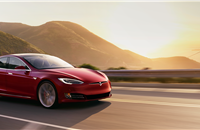Automated driving systems struggle in the real world, says AAA study
The study was conducted in partnership with the Automobile Club of Southern California’s Automotive Research Centre, where AAA tested four vehicles equipped with systems that combine technologies such as adaptive cruise control and lane keeping assist to help maintain lane position, forward speed and following distance in relation to a lead vehicle.
A new survey by the American Automobile Association of America (AAA) has found that around 40 percent of Americans expect partially automated driving systems, with names like Autopilot, ProPILOT or Pilot Assist, to have the ability to drive the car by itself, indicating a gap in consumer understanding of these technologies and reality.
The association also tested these systems and found that they were in fact not designed to take over the task of driving and could be significantly challenged by every day, real-world conditions such as poor lane markings, unusual traffic patterns and stationary vehicles.
As this type of technology becomes more commonplace on the road, AAA wants consumers not to take vehicle system names at face value and, although meant to assist in the driving task, should never be used as a replacement for driver engagement.
Commenting on the findings, Greg Brannon, AAA’s director of Automotive Engineering and Industry Relations, said “With today’s exciting advances in vehicle technology, there is a greater need for naming that clearly signals to a driver what the system does. Vague or confusing terminology may lead someone to overestimate a system’s capability, unintentionally placing the driver and others on the road at risk.”
The study was conducted in partnership with the Automobile Club of Southern California’s Automotive Research Centre, where AAA tested four vehicles equipped with systems that combine technologies such as adaptive cruise control and lane keeping assist to help maintain lane position, forward speed and following distance in relation to a lead vehicle. The closed-course and on-road testing evaluated performance in typical driving situations where the technology generally behaved as expected. However, there were a number of instances in both environments that caused these systems to act in an unpredictable manner, requiring driver intervention to avoid a potential collision.
Real-world scenario
While driving on public roadways, AAA found the test vehicles struggled when encountering scenarios that included moderate traffic, curved roadways and streets with busy intersections. The researchers also noted many instances where the test vehicle experienced issues like lane departures, hugging lane markers, 'ping-ponging' within the lane, inadequate braking, unexpected speed changes and inappropriate following distances.
The study also revealed that nearly 90 percent of events requiring driver intervention were due to the test vehicle’s inability to maintain lane position. The irregular and complex nature of the real-world driving environment revealed the vulnerabilities of this technology. AAA’s testing found the systems generally performed best on open freeways and freeways with stop and go traffic.
During closed-course testing, common driving situations were simulated such as staying within the lane at 45mph (72kph), following a distracted or impaired driver, encountering a commercial vehicle, for example, a tow truck, or contending with a vehicle that suddenly changed lanes to reveal a stationary vehicle. All test vehicles were able to successfully maintain lane position as well as recognise and react to the presence of the tow truck with little to no difficulty. However, in the scenario where a lead vehicle changed lanes to reveal a stationary one, three out of the four test vehicles required driver intervention to avoid an imminent crash.
In general, the scenario is a stated limitation of these systems, however, it is a relatively common occurrence on roadways and could take those drivers by surprise who have become too reliant on the technology.
“Both real-world and closed-course testing exposed separate yet equally serious limitations with these systems. It reinforces that there is still much work to be done to educate consumers on the nuances between system names and functionality and that it is much too early to refer to these vehicle technologies as automated,” said Brannon.
Technology standardisation
In order to reduce the misuse of partially automated vehicle systems, AAA says it is encouraging drivers to educate themselves by requesting a demonstration at the dealership as well as thoroughly reading the vehicle owner’s manual. As this technology becomes more prevalent, standardised naming across vehicles that clearly reflects how technology functions will be necessary. Greater consistency across the industry will help consumers understand the type of technology their vehicle has along with how, when and where to use these systems.
The study to assess the capabilities of partially automated vehicle systems, AAA conducted primary research in partnership with the Automotive Club of Southern California’s Automotive Research Centre in Los Angeles, California. The track testing was conducted on closed surface streets on the grounds of Auto Club Speedway in Fontana, California and was rented by AAA for independent testing. Public highway evaluation was conducted on surface streets, highways and limited-access freeways throughout the greater Los Angeles area.
The four test vehicles selected for the testing included the 2018 Mercedes-Benz S-Class, 2018 Nissan Rogue, 2017 Tesla Model S and 2019 Volvo XC40, using specific criteria and each test vehicle was outfitted using industry‐standard instrumentation, sensors and cameras to capture vehicle dynamics, position data and braking intervention. For the survey the sample consisted of 1,003 adults (18 years old and older) living in the continental United States.
Also read: Euro NCAP tests automated driving, 'autonomous’ driving assist tech causes dangerous confusion
RELATED ARTICLES
ZF to display next-gen e-axle for low-floor city buses at Busworld Turkiye 2024
The AxTrax 2 LF is available with a continuous output of up to 360 kW and a peak torque of up to 37,300 Nm.
Daimler Buses and BMZ Poland to develop next-gen NMC4 electric bus batteries
The new battery generation NMC4 – succeeding the current NMC3 technology – will combine high energy density, resulting i...
Netradyne expands UK operations via partnership with Intelex
The collaboration between Netradyne and Intelex marks a substantial leap forward in advancing road safety and fleet mana...





 By Autocar Pro News Desk
By Autocar Pro News Desk
 19 Nov 2018
19 Nov 2018
 4730 Views
4730 Views



